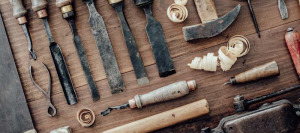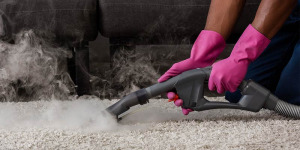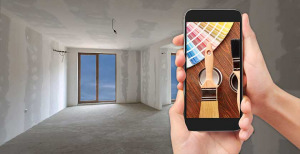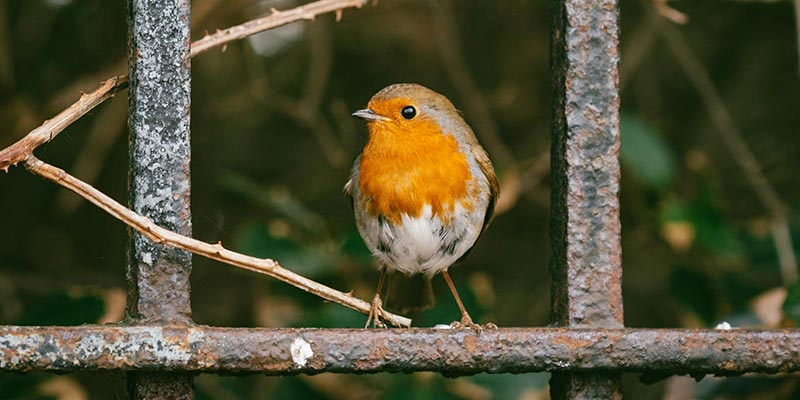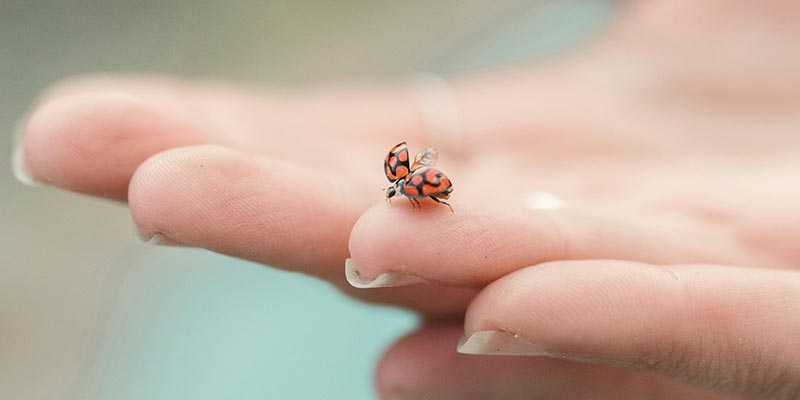Got yourself an HVLP sprayer but unsure how to use it? In this guide, we explain how to set up an HVLP spray gun correctly and quickly, so you can get on with painting.
HVLP paint sprays are very common because they are relatively fast in achieving perfect finishes. HVLP guns often have fewer spray than other spray guns due to their low-pressure spray, which lets you save money, time, and paint.
However, it is unlikely that you can see any of these advantages unless you know how to configure your spray gun properly. In this article, we’re going to show you how to set up a HVLP Spray Gun to get more out of your device.
What is an HVLP Spray Gun?
HVLP refers to “high volume, low pressure.” HVLP guns don’t use high pressure to atomize paints, which is often the case for most paint sprayers. While the majority of guns spray 50 PSI, most HVLP guns spray at 10 PSI level. This reduces the rebound and waste of paint, as more paint can remain on the surface.
Let’s get into why all of you clicked on this article – how to set up a HVLP spray gun properly to obtain the best paint scheme! But before you set up, there are some essential things to do right, first.
Getting ready to set up your HVLP spray gun
The correct configuration of an HVLP spray gun requires three steps, namely air supply choice, selection of the right tip, and then setup.
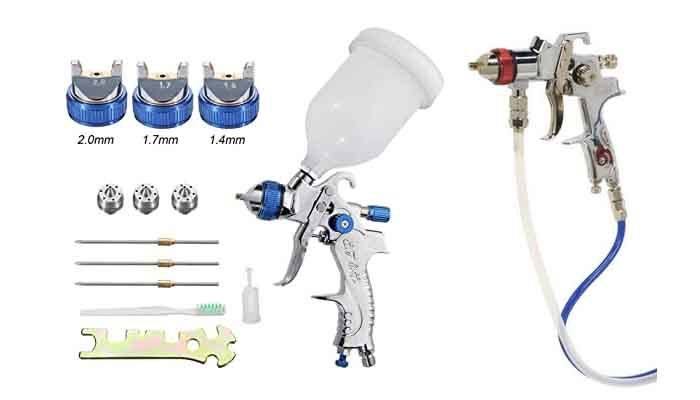
#1 Set air pressure and volume
The setting of air pressure and volume can involve some trial and error.
Spray Fan. Please ensure your spray fan is approximately 6 inches high as a rule. If not, use the fan-control knob, usually at the top of your gun.
Material Push Button. Your material push button should also be on top of your gun. Configuring your material push may also take a little practice, but for an optimum result, the majority of them should be unscrewed around 2.5 turns.
Air Volume. HVLP guns need a great deal of air to work properly. The instructions will tell you the maximum cubic feet you need to operate every minute. You should be able to generate the correct volume with an air compressor continuously, so make sure it has the right capabilities.
You will need to limit it to about 90 pounds per square inch. Furthermore, you need an HVLP controller for setting the pressure in your gun. To keep your airways clear of any oil or water, you need an air dryer mounted at the wall.
#2 Choose the right tip for what you are spraying
The tip you pick is critical as well. You probably got some with your gun. The smallest tip you are taking is the right one. Typically the tech sheet for the shot material has a specified tip size.
However, the decent thumb rule is roughly 1.0 tip for doing small tasks like a single panel or a small piece. If you want to do a lot of painting or clean the entire car, select 1.3 Or 1.4 tip.

The sizes are also appropriate for screens, epoxies, or rough elements. You will need to create primers with a bigger tip. Depending on the thickness, 1.8 to 2.3. Reread the tech sheets. When you purchase paint or a primer, ask for them. They have all the details about the material.
#3 Set-up the HVLP sprayer
Now, we finally get to the set-up. And of course, you have to set up your gun before you use it. Skipping the whole setup process leads to wrong results. Humidity, temp, etc. variations can impact how your gun shoots that day. Let’s, therefore, learn how to set up.
Step 1: Spray Test
A spray test is a convenient way to do the setup.
- Start by taping some paper masking on the wall.
- Then find the inlet for your gun and use the regulator to set the pressure. The amount of air in the control knob should still be closed because air is still pulled.
- Open the control button of the fan next. As a rule, the fan should be six inches high while the device is 6 centimetres away from the surface.
- The gun ought to be approximately 6 inches away. Turn on the material control knob and point the gun at the masking paper on the wall. Pull the trigger, but don’t hold it long – less than one second is enough.
- Inspect the pattern on the paper, and make a judgement based on the notes below.
PATTERN: The masking paper reveals a pattern in the form of a cigar. Ensure the pattern is approximately 9-10 inches long. The coverage in the middle should look full and fade when you reach the edges.
If your pattern looks like this, you’re good to go. If not, you will need to make some adjustments, explained in Step 2.
Step 2: Make Adjustments
If the pattern is not what you expected, typically a simple fix is available:
- If you see excessive density on the side and not enough in the center, your airflow is likely to be too high. You may screw the material knob down and try to limit airflow only if you spray too much material.
- Test the trajectory of your gun and make sure you have a strong enough air compressor if you’re uncertain about the correct CFM or pressure (cube feet per minute). Change air pressure with your gun’s base controller and keep your lines dry with an air dryer.
Step 3: Test Again
To make sure that your test conditions are right, please check your spray gun properly. Keep your gun approximately 6 inches from the surface you are painting and hold down the trigger for just a second. This procedure will give you a proper reading of the setup of your gun.
If it is still not right, then set and change the air pressure and fan control accordingly. It is convenient to try and make one compensate for the other, but they should work together.
You will know your gun goes through the test if your masking paper’s cigar pattern is around 6 inches high, with full center coverage and slight fading on the sides.
Final Tips
Other tips to be mindful of are:
- What you want is the smallest possible droplets without losing the entire coverage. To do so, you turn tiny increments at a time on your material control knob.
- You can also do the same by increasing the air pressure, but you’re probably high enough already.
- When you consistently achieve a smooth finish on your test paper, your HVLP spray gun is appropriately setup.
Once you have set-up your HVLP spray gun using these steps, you will be right to start painting. For tips on using your sprayer for painting the house, check out our article here, which will explain the correct technique to use and preparation steps.
Related article: 5 Step guide on how to clean HVPL Spray Gun.
Author
-

A jack of all trades, Todd has been a DIY enthusiast, traveler, and writer for many years. He has a deep understanding of all types of painting tools and door hardware, and has shared many articles on these topics throughout the years.
View all posts

